Jamaica Blue Mountain Coffee beans which manor is the best? how long is the shelf life of Blue Mountain No. 1 coffee beans after baking?
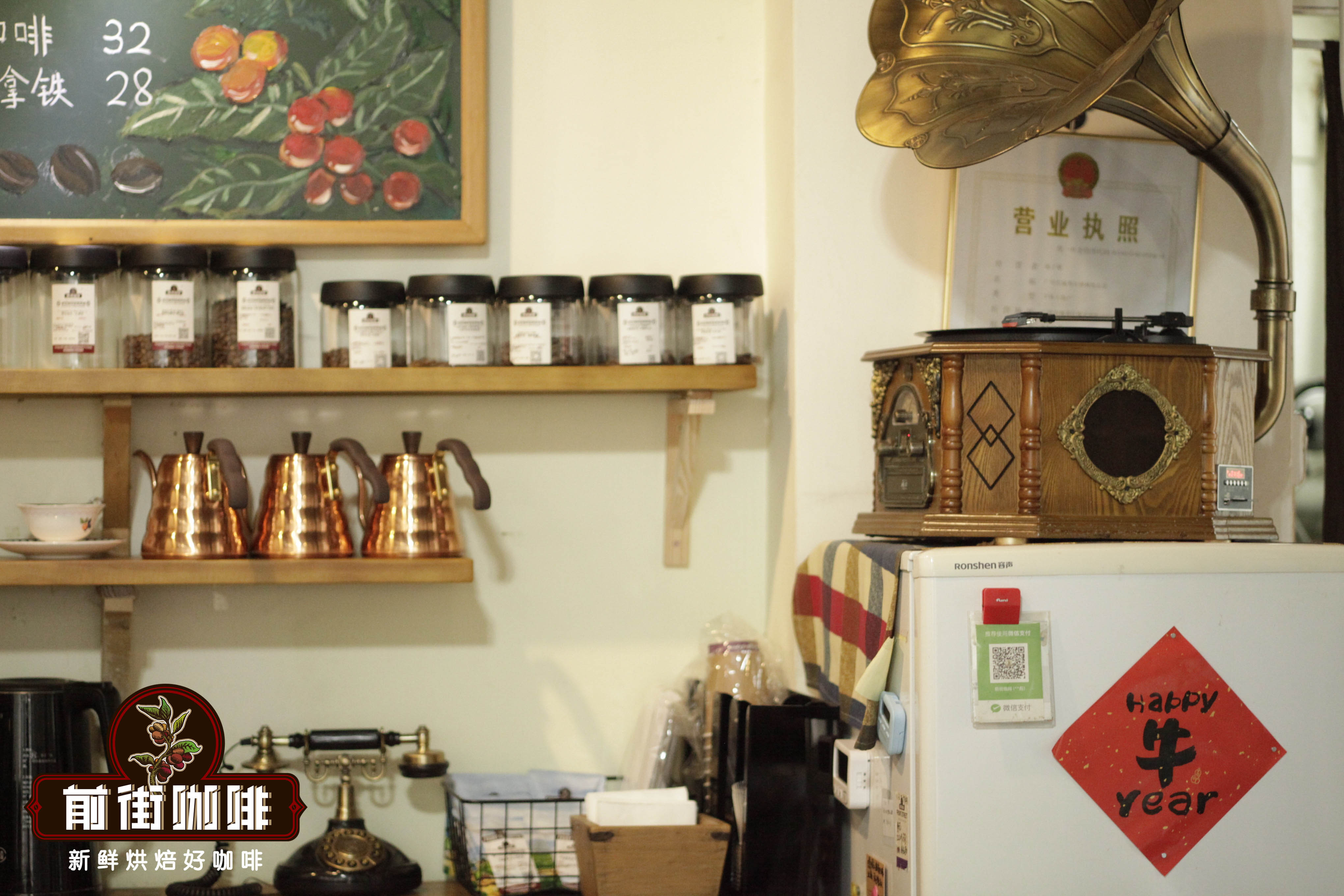
Professional coffee knowledge exchange more coffee bean information please follow the coffee workshop (Wechat official account cafe_style)
When looking at the Hong Kong TV series at the end of the 20th century and the beginning of the 21st century, whenever it comes to coffee, it's all about Blue Mountain Coffee. Blue Mountain Coffee is one of the most famous coffee in the world. Once upon a time, Blue Mountain Coffee was a status symbol because of its low output, high quality, good flavor, good flavor and high price. Blue Mountain Coffee has become the object of everyone's pursuit, which makes it difficult to get one bean. Subsequently, blue mountain flavor coffee appeared on the market. Speaking of which, Qianjie Coffee is about to highlight, Blue Mountain flavor coffee is not the real sense of Blue Mountain coffee.
The term Blue Mountain flavor coffee actually comes from Japan. Japan is the largest buyer of blue mountain coffee, with at least 80% of blue mountain coffee entering the Japanese market each year. In Japan, Blue Mountain Coffee is divided into three quality and product grades: blue Mountain Coffee, Blue Mountain blend, and Blue Mountain flavor.
Blue Mountain Coffee requires 100% Blue Mountain coffee beans
Blue Mountain matching requires at least 60% Blue Mountain Coffee beans
Blue Mountain flavor requires no Blue Mountain Coffee beans.
It can be seen that the blue mountain-flavored coffee beans are not really produced in the blue mountains of Jamaica.
[history of coffee cultivation in Jamaica]
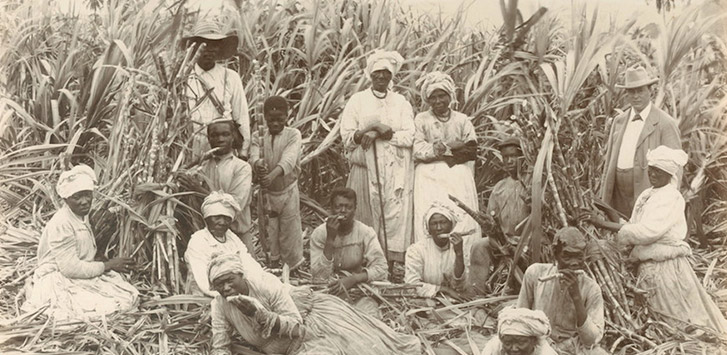
Anyone familiar with the history of the spread of Arabica species knows that in 1616, the "sea coachman" Dutch stole coffee saplings from Yemen, escorted them all the way back to Amsterdam and took good care of them in a large greenhouse, and the coffee sapling was later known as the "European mother plant" of iron trucks. In 1699, the Netherlands transplanted the progeny of "European mother plant" to Java and successfully planted it.
In 1708, France, like the Netherlands, tried to steal coffee trees from Yemen, but failed. A few years later, in 1714, the mayor of Amsterdam presented Java's tin card saplings to King Louis XIV of France. In 1720, French naval officers stole an iron pickup sapling from the Royal Botanical Gardens in Paris and escorted it all the way to America. They arrived on the French island of Martinique in 1723 and planted coffee saplings on the island.
In 1725, British Governor Nicholas Lawes bought seven iron pickup coffee saplings from French Martinique Island and planted them near the Blue Mountains in eastern Jamaica. Soon, coffee spread in the Blue Mountains.
[general situation of producing areas]

Blue Mountain Coffee comes from the Blue Mountains near Kingston, Jamaica. Blue Mountains, 2256 meters above sea level, is the highest and longest mountain range in Jamaica. Because the Caribbean Sea is surrounded by Blue Mountains, whenever the weather is clear and the sun shines directly on the blue sea, the peaks reflect the bright blue light of the sea, hence the name of the Blue Mountains.
Jamaica Blue Mountains is located in the coffee belt, with fertile volcanic soil, fresh air, no pollution, humid climate, foggy and rainy all the year round, with an average annual precipitation of 1500 to 2000 mm and a temperature of about 27 degrees Celsius. Clouds cover the top of the mountain in the afternoon, not only shading the coffee trees, but also bringing abundant water vapor. This climate has created the world-famous Jamaican Blue Mountain Coffee, as well as the second most expensive coffee in the world.
[blue Mountain Coffee rating system]
According to the height of the coffee growing mountains, the blue mountain coffee beans produced in Jamaica Blue Mountain area are divided into three grades: Jamaican Blue Mountain Coffee, Jamaican Alpine Coffee and Jamaican Superior Water washed Coffee.
Among them, there are four grades under Blue Mountain Coffee and Alpine Coffee. From top to bottom in terms of quality, NO.1, NO.2, NO.3 and PB,PB are round beans. According to CIB standards, only coffee grown above 666m above sea level is called Jamaican Blue Mountain Coffee. The best coffee is located in the Blue Mountain of Jamaica with a height of about 2000,000,2256m. Because it is located on a dangerous hillside, the output is small, the grain is large, the quality is good, the taste is harmonious, and it has appropriate sour, bitter, fragrant, mellow and sweet taste. It is recognized as the best in the world, so the price of Blue Mountain No.1 is the highest of all Blue Mountain Coffee.
[Clifton Manor]
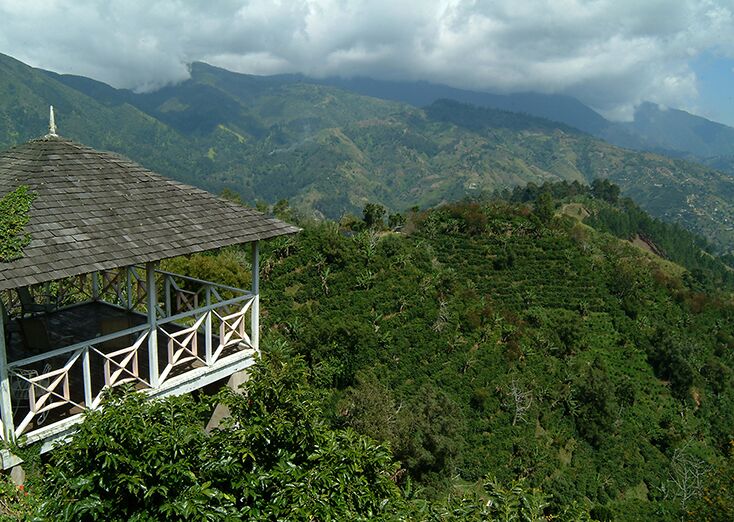
Clifton Hill is the oldest coffee producer that is still functioning in Jamaica. Clifton Manor is also the only estate in Jamaica with the symbol of "tropical rainforest". Its estate is located on the island of Newcastle, on the eastern slope of Mount Catherine. As early as around 1750, Clifton Manor began to grow and produce coffee.

According to a survey conducted by the Jamaica Institute in 1810, Robert Hamilton was the owner of the farm at that time. Clifton Hill is divided into two parts: 427 acres of 80 acres of coffee pastures at the top of the mountain, 111 acres of coffee and 264 acres of pastures at the foot of the mountain.
[front Street Coffee No. 1 Blue Mountain of Jamaica]

Producing area: Lanshan producing area
Farm: Clifton
Altitude: 1310m
Variety: iron pickup
Treatment: washing
Grade: NO.1
Roasting Analysis of Qianjie Coffee
The Qianjie baker uses medium roasting for Lanshan No.1 coffee beans to highlight the balanced and mellow flavor of Blue Mountain. Take Yangjia 600N semi-direct fire roaster and 500g raw beans as an example.
The furnace temperature is 165℃, the firepower is 130mm, the throttle is set up 3; the temperature recovery point is 1pm / 39th / 32 ", when the furnace temperature is 95.8℃, the firepower is unchanged; the blower door is adjusted to 4pm in 3 minutes, and the firepower is increased to 140min. When the furnace temperature is 153.3 ℃, the bean table turns yellow, and the smell of grass disappears completely, and enters the dehydration stage. When 8 minutes after the explosion, the smell of toast obviously changes to the smell of coffee, which can be defined as a prelude to an explosion. At this time, you should listen clearly to the sound of an explosion point, start to explode until 10 minutes after the explosion, develop 3 minutes after an explosion, and drop beans for 198.5 ℃.
Suggestion on brewing coffee in Qianjie
Other parameters: 15g powder, water temperature 86 ℃, ratio of water to powder 1:15, medium and coarse grinding (pass rate of Chinese standard No. 20 sieve 65%)

Generally choose these filter cups, V60 filter cup, kalita fan-shaped and Kono, Qianjie coffee is mainly brewed with Kono filter cup for display. Qianjie Coffee chooses Kono filter cup mainly because Blue Mountain Coffee chooses deep roasting, high temperature can easily lead to over-extraction, so Qianjie Coffee chooses 86 ℃ in water temperature. If V60 filter cup or other filter cup with fast flow rate is used at this temperature, it is easy to lead to insufficient extraction, while Kono has few and short ribs, which can isolate the gap between filter paper and filter cup, increase the residence time of water flow and have the function of soaking. Therefore, combining the test results of all the brewing parameters, Qianjie coffee finally chose the Kono filter cup.
Qianjie coffee is extracted by stages, that is, three-stage water injection. Steaming with 30g water for 30s, the first small flow was injected around the circle to 125g off water, and the second stage of water injection was continued when the liquid level was about to expose the powder layer, and the total extraction time (including steaming) was 225g.
For more boutique coffee beans, please add private Qianjie coffee on Wechat. WeChat account: kaixinguoguo0925
Important Notice :
前街咖啡 FrontStreet Coffee has moved to new addredd:
FrontStreet Coffee Address: 315,Donghua East Road,GuangZhou
Tel:020 38364473
- Prev
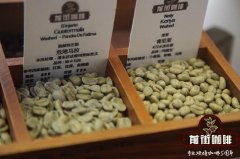
The origin of the name of Blue Mountain Coffee _ which brand of Jamaican coffee is good? does Jamaican coffee taste good?
Professional coffee knowledge exchange more coffee bean information Please follow the coffee workshop (Wechat official account cafe_style) when it comes to Jamaican coffee, the editor immediately lit up his eyes. Because it produces the world's best Jamaican Blue Mountain Coffee (Jamaica Blue Mountain). The sour, sweet, mellow and bitter taste of Blue Mountain Coffee is very balanced, fragrant and smooth, so it can be said to be smooth.
- Next
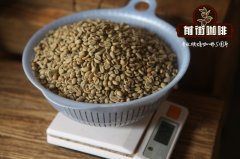
Have you ever exported raw Jamaican coffee beans to Chinese mainland? where do Chinese Jamaican coffee beans come from?
Professional coffee knowledge exchange more coffee bean information please follow the coffee workshop (Wechat official account cafe_style) the answer is: of course the export has been here! According to data from the World Trade Organization and Chinese Customs, the total global exports of Jamaican coffee in the past five years are as follows: 842 tons in 2011, 592 tons in 2012, 692 tons in 2013, 449 tons in 2014, 555 tons in 2015.
Related
- Detailed explanation of Jadeite planting Land in Panamanian Jadeite Manor introduction to the grading system of Jadeite competitive bidding, Red bid, Green bid and Rose Summer
- Story of Coffee planting in Brenka region of Costa Rica Stonehenge Manor anaerobic heavy honey treatment of flavor mouth
- What's on the barrel of Blue Mountain Coffee beans?
- Can American coffee also pull flowers? How to use hot American style to pull out a good-looking pattern?
- Can you make a cold extract with coffee beans? What is the right proportion for cold-extracted coffee formula?
- Indonesian PWN Gold Mandrine Coffee Origin Features Flavor How to Chong? Mandolin coffee is American.
- A brief introduction to the flavor characteristics of Brazilian yellow bourbon coffee beans
- What is the effect of different water quality on the flavor of cold-extracted coffee? What kind of water is best for brewing coffee?
- Why do you think of Rose Summer whenever you mention Panamanian coffee?
- Introduction to the characteristics of authentic blue mountain coffee bean producing areas? What is the CIB Coffee Authority in Jamaica?

